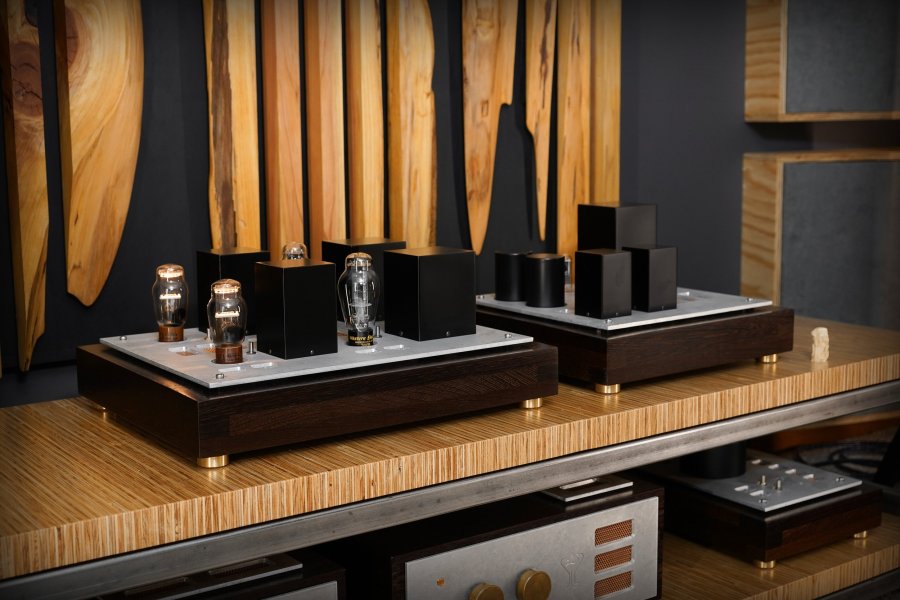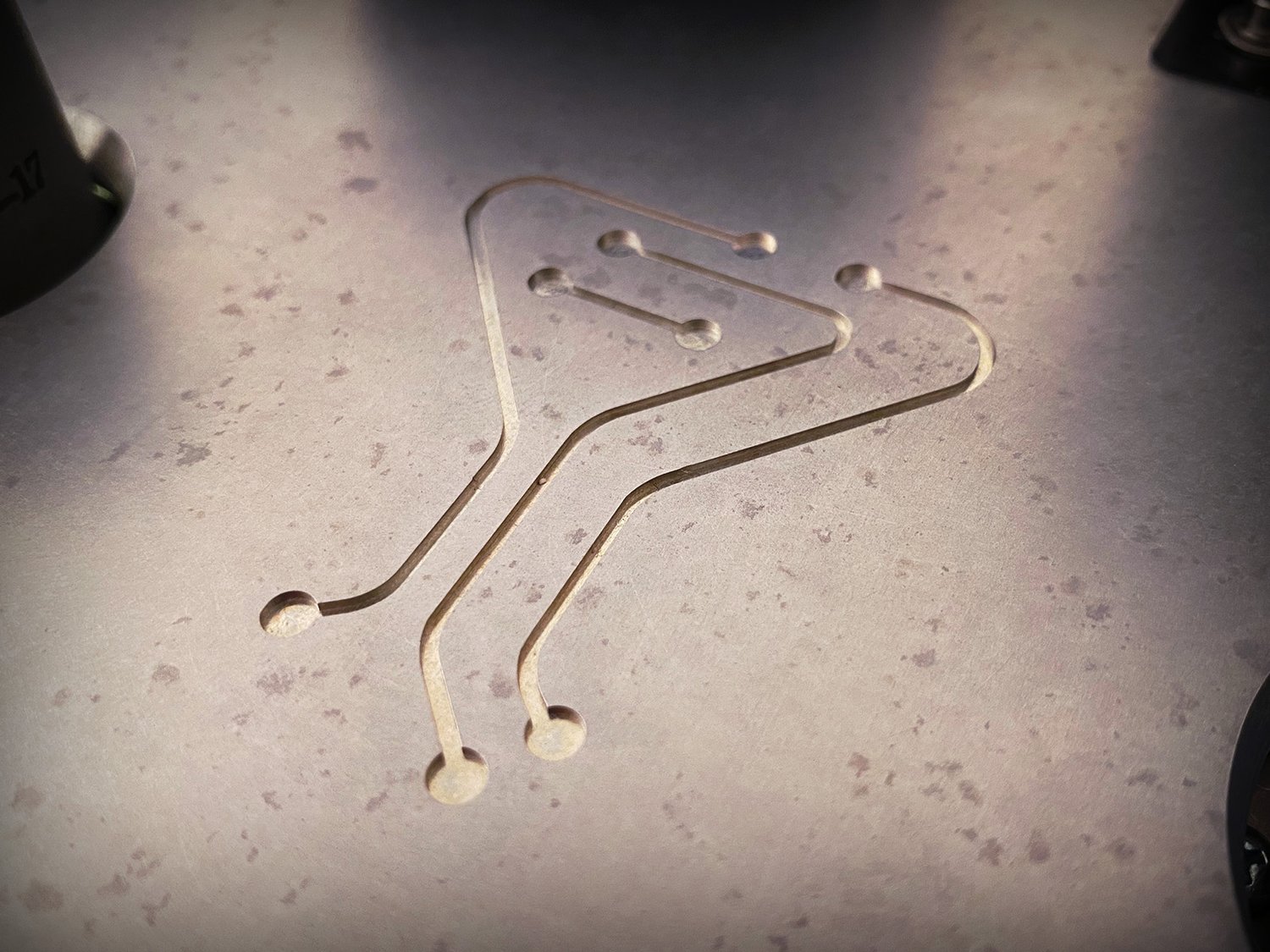Hi guys, I recently had a great purchasing experience with a 300B amp from Treehaus Audiolab and wanted to shed some light on this exceptional product.
I had been on the hunt for the “perfect” 300B amp ever since the pandemic began. During this period, I auditioned many well-known 300B amplifiers but never felt a strong enough pull to upgrade. Out of respect for the individuals and dealers who generously allowed me to audition these amps, I’ll refrain from naming them here.
My previous system was a Lampizator Pacific DAC, Thomas Mayer 10Y preamp, Audio Note Kit (ANK) 300B Mentor L5 power amp, and Cube Audio Neo speakers. I chose the ANK 300B for two main reasons: (1) it was an enjoyable DIY project that kept me busy during the pandemic, and (2) I wanted to understand the secret to building a great 300B amp. Through multiple iterations of upgrades and modifications, that amp turned out to be quite impressive. This journey taught me that the true essence of a great 300B amp lies in a few key factors: (1) driver stage design, (2) filament power supply, (3) main power supply, and (4) the coupling method (capacitors/transformers).
While researching 300B amps with DHT (directly heated triode) drivers, I discovered Treehaus Audiolab. Their website detailed the technical aspects of their design, and I immediately felt it could be the amp I had been searching for. The Treehaus 300B amp is a two-stage amplifier driven by VT25/801A tubes, with transformer coupling, individual filament power supplies with Coleman regulators, GOSS main power transformers, and Finemet interstage/output transformers and chokes. The driver stage uses a constant current source (CCS) at the end of the B+ supply. Beyond all of these, the amp’s aesthetic is stunning, housed in a sleek two-box design with reasonable size.
After a few email exchanges with Rich, the founder of Treehaus Audiolab, I went to their demo room in Connecticut. The visit went beyond my expectations—not only did I find the amp I had been searching for, but I also discovered a pair of remarkable speakers (a story for another time). Within an hour of listening, I was sold and placed the down payment. Rich was exceptional. He patiently answered my nerdy questions about circuit design, material choices, and the philosophy behind their engineering decisions. His honesty and willingness to share insights made the purchasing experience very special to me.
As for the sound: unlike my previous amp and any other 300B amp I’ve tried, the Treehaus 300B amp delivered an expansive, open soundstage with exceptional imaging. It was vivid and full of life, exhibiting outstanding clarity, texture, and micro-dynamics. The midrange and bass were rich with energy and density. This was not just another traditional 300B amp with an IDHT driver, capacitor coupling, and ordinary B+/filament power supplies. It was really a completely different animal.
Attached the picture that Rich took for my pieces (looks way better than what I took). I have to give him a thumbs up for everything he did.
I had been on the hunt for the “perfect” 300B amp ever since the pandemic began. During this period, I auditioned many well-known 300B amplifiers but never felt a strong enough pull to upgrade. Out of respect for the individuals and dealers who generously allowed me to audition these amps, I’ll refrain from naming them here.
My previous system was a Lampizator Pacific DAC, Thomas Mayer 10Y preamp, Audio Note Kit (ANK) 300B Mentor L5 power amp, and Cube Audio Neo speakers. I chose the ANK 300B for two main reasons: (1) it was an enjoyable DIY project that kept me busy during the pandemic, and (2) I wanted to understand the secret to building a great 300B amp. Through multiple iterations of upgrades and modifications, that amp turned out to be quite impressive. This journey taught me that the true essence of a great 300B amp lies in a few key factors: (1) driver stage design, (2) filament power supply, (3) main power supply, and (4) the coupling method (capacitors/transformers).
While researching 300B amps with DHT (directly heated triode) drivers, I discovered Treehaus Audiolab. Their website detailed the technical aspects of their design, and I immediately felt it could be the amp I had been searching for. The Treehaus 300B amp is a two-stage amplifier driven by VT25/801A tubes, with transformer coupling, individual filament power supplies with Coleman regulators, GOSS main power transformers, and Finemet interstage/output transformers and chokes. The driver stage uses a constant current source (CCS) at the end of the B+ supply. Beyond all of these, the amp’s aesthetic is stunning, housed in a sleek two-box design with reasonable size.
After a few email exchanges with Rich, the founder of Treehaus Audiolab, I went to their demo room in Connecticut. The visit went beyond my expectations—not only did I find the amp I had been searching for, but I also discovered a pair of remarkable speakers (a story for another time). Within an hour of listening, I was sold and placed the down payment. Rich was exceptional. He patiently answered my nerdy questions about circuit design, material choices, and the philosophy behind their engineering decisions. His honesty and willingness to share insights made the purchasing experience very special to me.
As for the sound: unlike my previous amp and any other 300B amp I’ve tried, the Treehaus 300B amp delivered an expansive, open soundstage with exceptional imaging. It was vivid and full of life, exhibiting outstanding clarity, texture, and micro-dynamics. The midrange and bass were rich with energy and density. This was not just another traditional 300B amp with an IDHT driver, capacitor coupling, and ordinary B+/filament power supplies. It was really a completely different animal.
Attached the picture that Rich took for my pieces (looks way better than what I took). I have to give him a thumbs up for everything he did.



